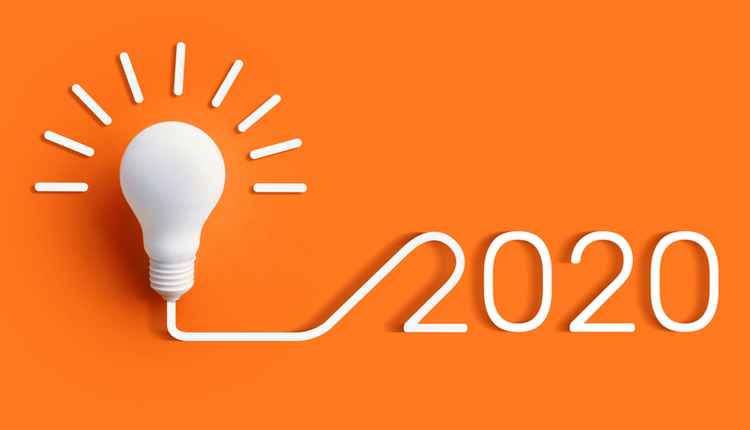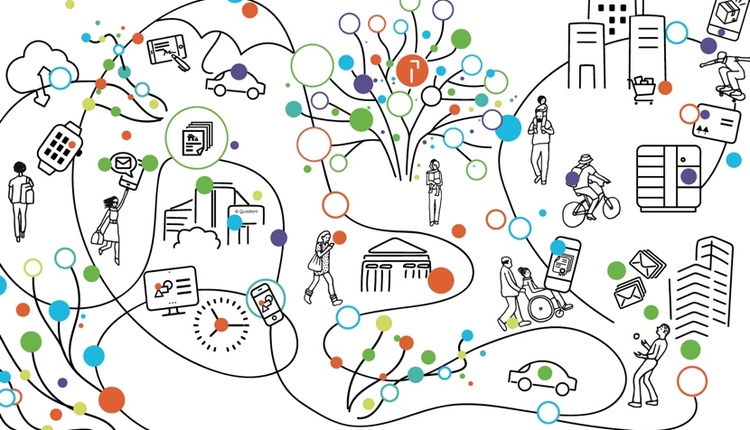
Image by: MR1805, ©2016 Getty Images
Customers don’t separate their interactions with the organizations they do business with according to product, channel or line of business. They view the business holistically—and so should we. In fact, I wrote about the consequences of not doing so last Spring, “In a recent sit-down with a business owner in the automotive industry, he reported that if they didn’t service the customer well—that if they didn’t meet the needs of the customer in any part of their relationship—the customer might still use their product but certainly wouldn’t buy another.”
Yet, often, document-based communications—like bills, statements, correspondence, etc.—are left outside the customer relationship-building process. As I’ve mentioned before, a customer’s buying journey is complex and comprised of many touchpoints; therefore, any disconnect in this journey, including the communications received, affects the experience as a whole. So, what’s stopping us from bridging this gap?
Digital disruption is here: Now what?
In a recent Forrester study titled “Overcome Document Communication Roadblocks To Boost Customer Experience,” 150 information technology (IT) decision makers at financial services were surveyed to determine the key business priorities for improving customer experiences, including the role of document-based communication. Beside the obvious priorities of growing revenue and lowering costs, 45% of the respondents said they were preparing for the impact of digital disruption. In direct response to the impact of such disruptive technologies, 45% of the respondents reported that they are currently or planning on improving their technology systems, while just under 40% indicate they are also looking to improve the integration of their products across the board.
However, such improvements to the customer experience are, more often than not, focused on an organization’s digital channels, such as mobile websites and applications, not document-centric business processes. As many of you already know, one of the biggest barriers in connecting customer experience initiatives with our communications, like bills, statements, contracts, quotes, etc., is the legacy systems used, preventing integration for multi-channel communications. Further, 70% of respondents also report that it is difficult to maintain accuracy of content from business unit to business unit.
Think like a customer
These challenges are symptoms of the siloed approaches imbedded into the fabric of so many organizations. To overcome these barriers, we must all change our mindset to those of our customers—extrapolating what it is they really want. According to Forrester, “One company realized that people don’t want a mortgage or homeowner’s insurance; they want to buy a house.” To build this dialogue, we recommend measuring the effectiveness of all communications sent out and customer response to messaging—both qualitative and quantitative. This can be accomplished through building an engaged community of both current and prospective clients. Information collected here can present opportunities and the critical touchpoints of the customer experience as a whole, while proving the impact of document-based communications. We must understand the customer journey is a tenuous chain and that every link in this cycle contributes to the customer experience. We must not weaken any link in the chain.
To read the full study, “Overcome Document Communication Roadblocks To Boost Customer Experience," visit https://www.quadient.com/en/blog/overcoming-todays-financial-services-member-experience-cx-roadblocks.
















